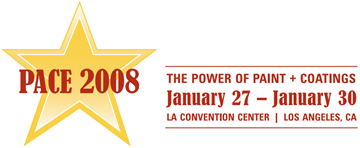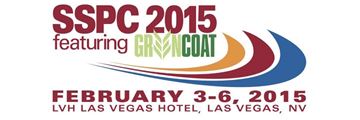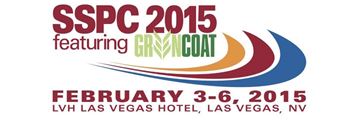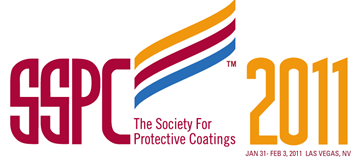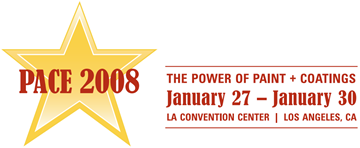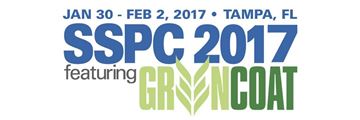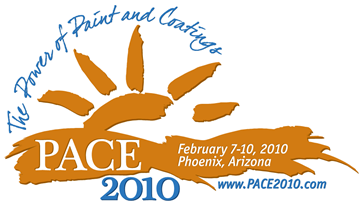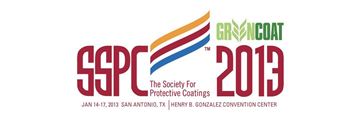Search
Products tagged with 'volatile organic compound (voc)'
View as
Sort by
Display
per page
Environmentally Friendly Protective Coating System Using Water-Borne Fluoropolymer TopCoat
Product Number:
51217-054-SG
Publication Date:
2017
$20.00
Formulating Low VOC Architectural Latex Bridge Coatings to Meet SCAQMD Requirements
Product Number:
41208-432-SG
Publication Date:
2008
$20.00
Global Environmental Regulations Drive New Technologies in Epoxy Coatings
Product Number:
41215-927-SG
Publication Date:
2015
$20.00
Green Paints...From ‘Paint is a part of the Problem’ to ‘Paint is a Part of the Solution
Product Number:
41215-926-SG
Publication Date:
2015
$20.00
Green Solvents - Formulating for a New Era
Product Number:
51217-064-SG
Publication Date:
2017
$20.00
Greener Options for Site Applied Gelcoat Topcoat Refurbishment Using Polyaspartic Technology
Product Number:
41211-643-SG
Publication Date:
2011
$20.00
Innovative Colorants for Coatings Industry (Easy Dispersing and Low VOC Colorants)
Product Number:
41210-547-SG
Publication Date:
2010
$20.00
Low VOC Autocatalytic Anti-Corrosion Primers
Product Number:
51217-046-SG
Publication Date:
2017
$20.00
Low VOC Vinyl and Vinyl/Acrylic Coatings Systems
Product Number:
41210-541-SG
Publication Date:
2010
$20.00
Modernizing Shipbuilding with Blast and Paint Facilities: General Dynamics NASSCO redesigned its shipyard and operations to become a US leader in shipbuilding.
Product Number:
41213-796-SG
Publication Date:
2013
$20.00


